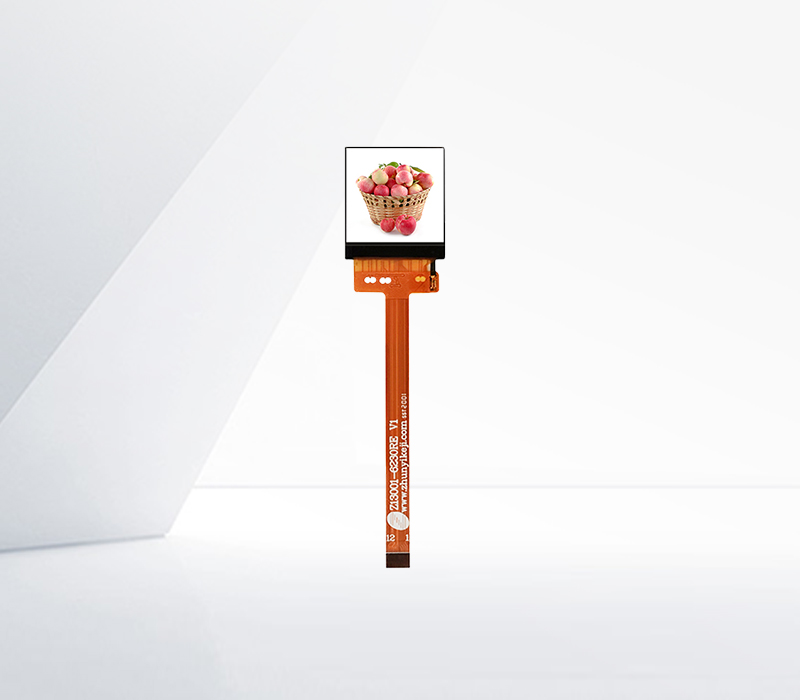




Flexible LED display technology has been evolving rapidly in recent years, driven by the increasing demand for more versatile and adaptable display solutions. This technology breaks the traditional limitations of rigid displays, enabling the creation of curved, bendable, and even stretchable LED screens.
One of the key advancements in flexible LED display technology is the development of new substrate materials. Instead of using rigid glass substrates, flexible displays often utilize materials such as polyimide, polyethylene terephthalate (PET), or thin - film glass. These substrates offer excellent flexibility while maintaining the necessary mechanical strength and optical properties. For example, polyimide is a popular choice due to its high - temperature resistance, chemical stability, and flexibility. It can withstand the high - temperature processes involved in the manufacturing of LED displays, such as thin - film deposition and annealing.
Another important aspect is the improvement of LED chip packaging and integration techniques. In flexible LED displays, the LED chips need to be packaged in a way that allows for bending and stretching without compromising their performance. Flip - chip bonding and micro - transfer printing are two emerging technologies that show great promise in this area. Flip - chip bonding directly attaches the LED chips to the substrate, eliminating the need for wire bonding and reducing the overall thickness of the display. Micro - transfer printing enables the precise placement of tiny LED chips onto the flexible substrate, allowing for high - resolution and uniform displays. These advanced packaging and integration techniques not only improve the performance of flexible LED displays but also reduce manufacturing costs.
The applications of flexible LED display technology are diverse and far - reaching. In the field of wearable devices, flexible LED displays can be integrated into smartwatches, fitness bands, and even clothing, providing users with real - time information in a more convenient and stylish way. In the architectural and interior design industry, flexible LED displays can be used to create unique and dynamic lighting effects, such as curved LED walls, ceiling installations, and custom - shaped displays. Additionally, in the medical field, flexible LED displays can be used in endoscopes and other medical imaging devices, offering better visualization and maneuverability. As the technology continues to mature, flexible LED displays are expected to play an increasingly important role in various industries.
